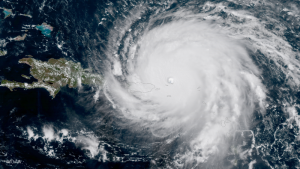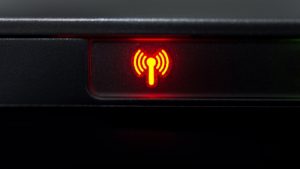AT&T and the First Responder Network Authority recently announced the launch of the FirstNet network core. With the launch, first responders now have nationwide access to a specialized communications system designed to meet their unique needs.
A month after experiencing catastrophic devastation due to Hurricane Maria, Puerto Rico is still struggling to recover. With 48 percent of cell sites still out of service, residents and officials struggle to communicate across the island. To help get residents connected again AT&T deployed its Flying Cell on Wings (COW) for the first time.
While states are still in the process of deciding whether they are opting in or opting out of FirstNet, AT&T and FirstNet are moving ahead with public safety and innovation. The two organizations have launched an application developer program focused on first responders.
Telecommunications companies, including Comcast, AT&T, and Verizon, are expanding Internet and cellphone coverage, and deploying emergency equipment in preparation for Hurricane Irma.
Several states have started weighing alternative plans to the First Responder Network Authority’s initial outlines to create and operate a broadband network that supports first responder groups. Here’s what Arizona, Colorado, and New Hampshire are considering.
AT&T was awarded a $6.5 billion contract to build and operate the nationwide network FirstNet. However, the legislation that authorizes FirstNet also authorizes a state to develop its own alternative on the spectrum carved out for the network, as long as the alternative is interoperable with the FirstNet core.
Through its Smart Cities initiative, AT&T approached cities and counties offering smart lighting, transportation, and public safety services. Miami-Dade County, Fla., is the only place that will be piloting all of AT&T’s technologies at once.







